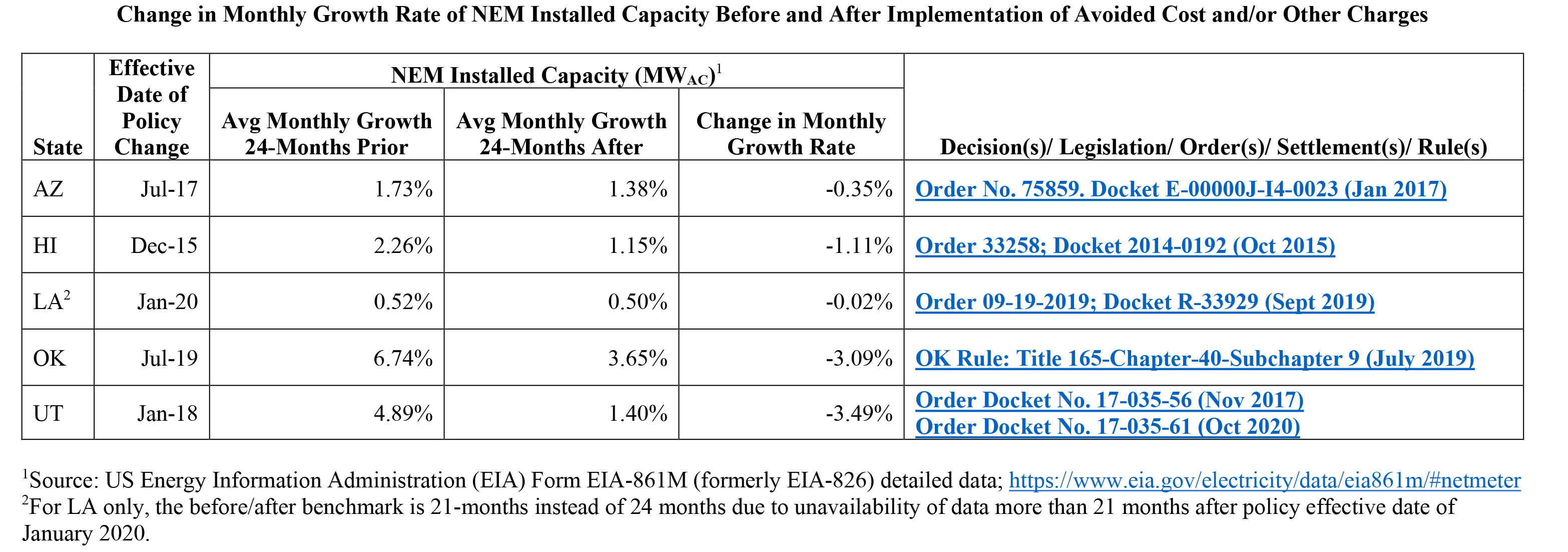It is time to modernize net metering in Florida
Under current rules, customers with rooftop solar panels sell extra energy produced by their system to their electric utility through net metering. Investor-owned utilities in Florida – like FPL – must credit rooftop solar customers at the full retail rate for their excess energy, despite the fact that it’s not a retail product. For rooftop solar customers, net metering effectively lowers their bill through financial incentives paid for by all other customers. While the cost of solar panels has dramatically declined since 2008, net metering rules have remained the same.
The result: A growing, multi-million-dollar annual subsidy.
Today, the vast majority of our customers without rooftop solar panels are forced to pay an additional $30 million per year to support the small percentage of customers who’ve made that private purchase. That subsidy is projected to nearly triple by 2025 to more than $80 million.

Watch: Learn more about net metering
We support modernizing net metering rules to make them fair and equitable for all our customers.
At FPL, we support all types of solar energy – including rooftop solar. We always have and always will support customers who choose to purchase private solar systems. We believe anyone should have the right and ability to own a private solar system and put it on their roof if they choose to, but we do not believe everyone should be forced to pay for that decision.
Get the facts on net metering
Myth: The private rooftop solar industry claims updating the state-mandated net metering rules will put them out of business.
Reality: The numbers tell a much different story. Data from across the country demonstrate how the rooftop solar industry continued to grow, and saw only minimal decline in adoption, after net metering reform. For example, Arizona implemented revised net metering rules in January 2017 and there has been virtually no change in the monthly growth rate. Simply put, the rooftop solar industry was not run out of business.
Myth: FPL is trying to end rooftop solar and doesn’t support net metering customers
Reality: We always have and always will support customers who choose to install private solar systems and support them with a wide variety of tools including:
- A dedicated customer service team
- Personalized energy dashboard
- Online tools and resources
- Swift connection and approval process
We work closely with net metering customers even providing them, at no cost, with an energy dashboard where they can see how much solar they are selling back to FPL and how much they are buying from FPL when their solar installation is not able to generate enough power to meet their energy demands, such as on cloudy days and at night. Anyone should be able to put solar on their roof, but we don’t think it’s right for everyone to be forced to help pay for it.
Myth: Crediting excess rooftop generation at the retail rate is a fair value
Reality: Excess rooftop solar energy is not a retail service and therefore should not be credited at a retail value. Fundamentally, FPL delivers electrons to homes and businesses across Florida. We charge customers a retail rate which incorporates all the other aspects of the service we provide – from maintaining and investing in poles and wires, tree trimming, customer service, billing, and restoration after a storm, just to name a few. Rooftop solar customers don’t provide any of those services yet are receiving that payment each month – at the expense of the 99.5% of customers who don’t have solar on their roof.
Myth vs. Reality: FPL’s Real Zero™ goal means rooftop solar doesn’t play a role in eliminating carbon emissions
All forms of solar play a role in a zero-carbon-emissions future, and we support our customers who choose to put solar panels on their rooftops. However, we believe the state benefits the most when the most cost-efficient and largest amount of solar is installed in the quickest span of time. Our goal to reach Real Zero™ would see 90,000 MW of utility-scale solar installed for Floridians' benefit by 2045. Putting rooftop panels on every single residential home in the state of Florida would not even come close to generating the same amount of energy, and it would take many decades longer to reach the same level of environmental impact that our plan would have in just two decades.

Additional content and perspectives
Kevin Doyle: It’s time to end the welfare for the wealthy
Florida Politics: Power of the marketplace; it’s past time for fair ‘net metering’ in Florida
Wall Street Journal: California’s Solar-Power Welfare State
LA Times: How California’s rooftop solar program became a victim of its own spectacular success
Sun Sentinel: Time to end Florida’s outdated rooftop solar free ride
Palm Beach Post: Net metering: Don't tax all electric customers to support rich solar panel owners
Clay Today: Jennifer Bradley sheds the light on her solar power bill
